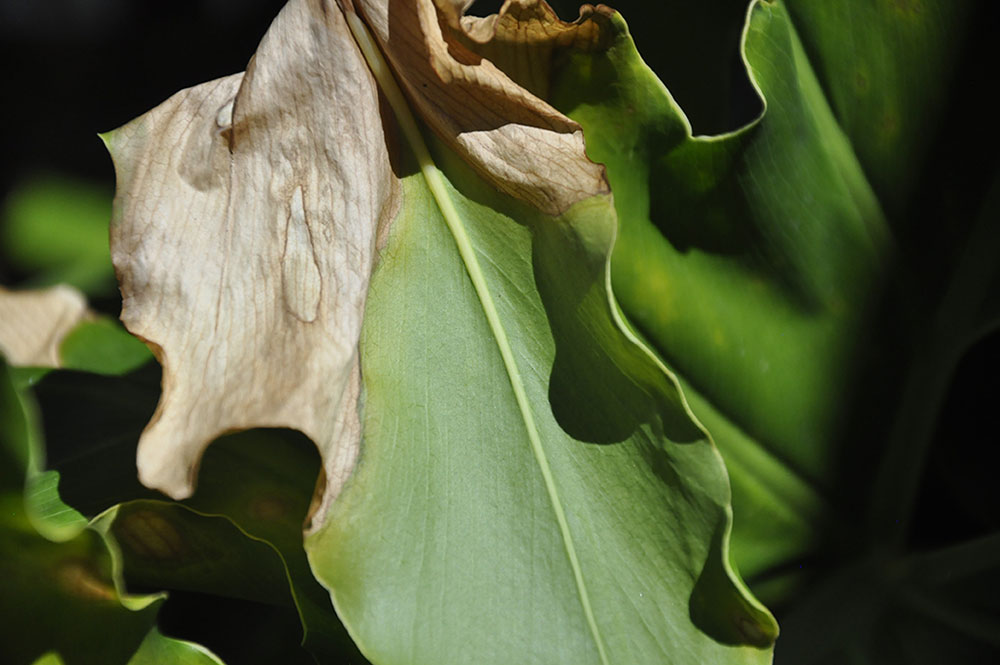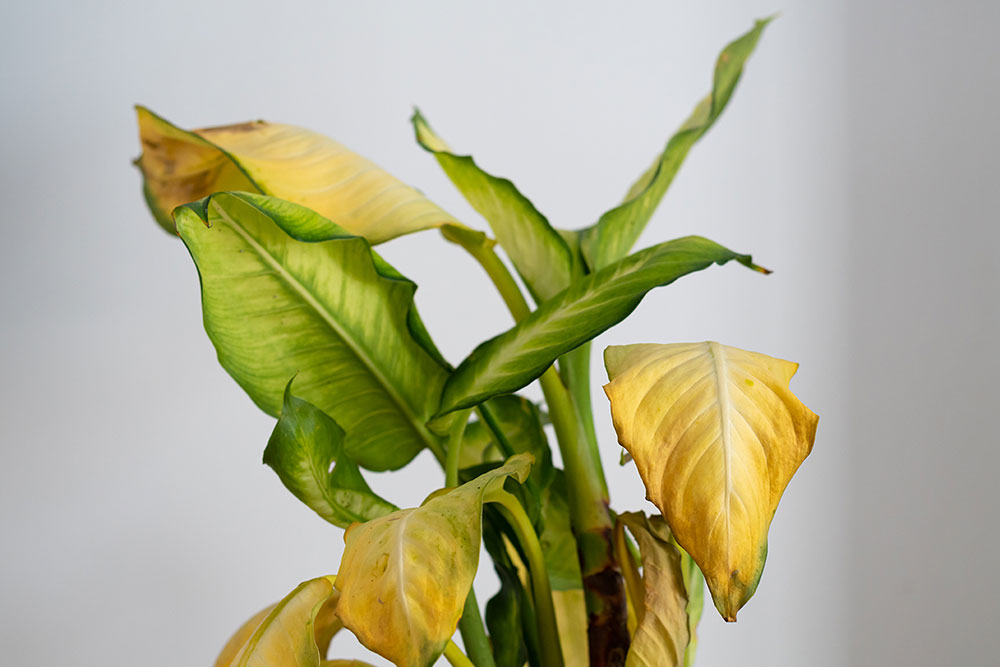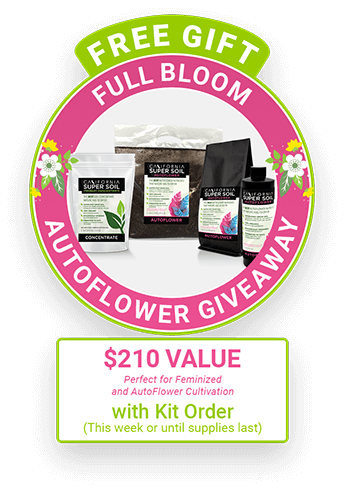
Growing Really Comes Down To A Simple Process That Has Roots As Far Back As 5,000 Years Ago.
For the past 100 years, this kind of “growing” has had a certain stigma associated with it. The good news is that the world is always changing. If you are thinking of growing at home, you are among the “groundbreakers” who are taking their first steps into the fun and fulfilling world of growing at home.
The reality of growing Rx products at home is much less complicated than growing many other types of plants or fruits. After all, it’s called “w**d” for a reason! So don’t worry if you haven’t grown anything before. But, if not done properly, it can be a long process filled with moments of confusion and self-doubt.
Follow these steps, and it should be a breeze, fun, and very satisfying to watch your plants grow.
4 Reasons Why People Fail to Grow at Home
1 Too much light 
New growers often think of light and water as “growing love”. Yes, they are both important, but using too much is a shortcut to ending your grow in failure. Light burn in particular! When your light is too powerful for your setup, it can be as bad as too little light!
Don’t purchase a light based on power/wattage alone. Light quality and spectrum are equally as important. Remember a plant is looking for a replacement for natural light which is made up of a full light spectrum and not just one type, so it’s important that the light replicate that. Also, make sure you’re buying the correct type of light. Namely, avoid buying a big commercial light when you really need a non-commercial light for your home tent. Most light manufacturers do not clearly identify between the two light types but there are major differences between the two units that can affect your plant’s growth.
For example, a light unit for a commercial grow room is designed to be hung 5 to 14 feet above a grow area and will likely burn much hotter and have a different output. On the other hand, a light for a small tent will need to hang around 2 feet above a plant. Remember if your light is not correct for your grow area it will just dry out your plant and cause ongoing issues. When selecting a light, make sure you talk with a salesperson or company rep to have them confirm that the light you’re buying will work in the actual area you’re thinking about growing in. If you can’t get a voice on the phone to answer your question, keep looking!


2 Overwatering 
As stated above, love is not delivered in a watering can. It sounds simple, but it’s the biggest killer. It’s always better to underwater your plants than overwater them. Make sure you follow directions and only water as prescribed!
As a grower, it’s so easy to look at your plants lovingly and feel that giving them some extra water is a good idea. If you do this 2 or 3 times over a week it’s likely you’re soon going to initiate “root rot”. Your plant’s roots are very fragile in the early stages of your grow and will be unable to dissipate the extra liquid you’re giving it. This will cause the excess water to pool around the root ball and stagnate. This is how the root will slowly start to rot. Once root rot has set in it’s hard to fix.
As a rule of thumb, it’s less harmful to underwater your plant than to overwater it. If you underwater your plant, it will let you know by dropping its leaves. In that case, just add water and it will be back to full health in about 30 minutes.
It’s also a good idea to use a cloth/felt pot (grow bag) for your grow as opposed to a plastic pot. Using a cloth pot will allow the air to get into your plants’ roots better and help the water to dissipate.
3 Cheap seeds 
If you’re going to invest 3-months of your time on a grow, it’s worth spending the extra $25 for a quality seed! It’s often one of the last things people get before they start growing and something that is easy to go for the “bargain option” instead of the “quality option”.
By overspending on your seed (or clone), you will likely receive superior plant genetic material. It takes years of research and plant enhancement to develop a great seed blessed with enhanced genetic DNA! A great seed will be a better grow and this will manifest itself through delivered results in the form of better product quality, larger yield, and an easier overall growing experience.
The difference between a good seed and a bad seed is hard to distinguish at the seed level, but instead, it’s manifested by years of genetic development. So by increasing your budget and purchasing a “top-shelf seed”, it’s very likely to make your home grow that much more pleasurable (again this is not 100% assured but a likelihood). Our view is, that upgrading your seeds is absolutely “money well spent”.


4 Too much heat (No filtration) 
Clean cool air goes a long way with a healthy grow. If not, you will hurt your plant. For the past 5 million years, these plants have grown outside and are heavily influenced by their environment. This means when your plant interacts with its environment, it knows what it likes. The good news here is that if you can develop a happy and healthy environment, your plant is going to thank you for that, in kind.
There are 4 components to are healthy growing environment:
- Temperature
- Keep your heat above 75 and below 90 degrees during the vegetive stage. The temperature needs to be a bit cooler during the flowering stage 75-88 degrees
- Air Quality
- Always make sure you keep a filtration system as part of your set-up, otherwise, your air will quickly become stale. Also, make sure the air in your grow environment is moving (this will strengthen the plant’s stems). One or two 6 inch clip fans for your tent are plenty.
- Humidity
- A plant in a closed growing environment will contribute greatly to establishing its humidity. (Remember a plant, soil, etc. combined is about 96% liquid, and it is constantly giving off moisture.) Humidity levels above 60-65% could potentially be detrimental to a plant’s health, which is relying on moisture from the soil to nourish itself. During the flowering phase, your humidity levels will drop to a little to around 40-45%. This can aid with a plant’s yield, taste, and appearance.
- Hygiene
- It only takes a single bug to cause an infestation. If you do run into issues, it’s best to resolve them with a logical approach, and to be honest most little insects are easy to manage.
- 4 of the most common
- Problem: Spider Mites
Solution: Neem Oil - Problem: Aphids
Solution: Garlic or Tomato leaf water - Problem: Fungus Gnats
Solution: Put a small bowl of Sider Vinegar washing-up soup mixed together (it’s a trap and will track and kill the gnats)
- Problem: Spider Mites







 Free FedEx Shipping
Free FedEx Shipping









